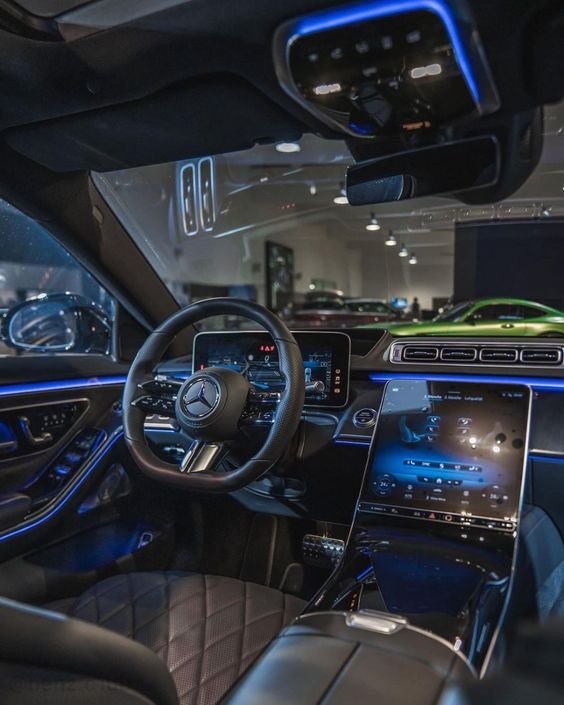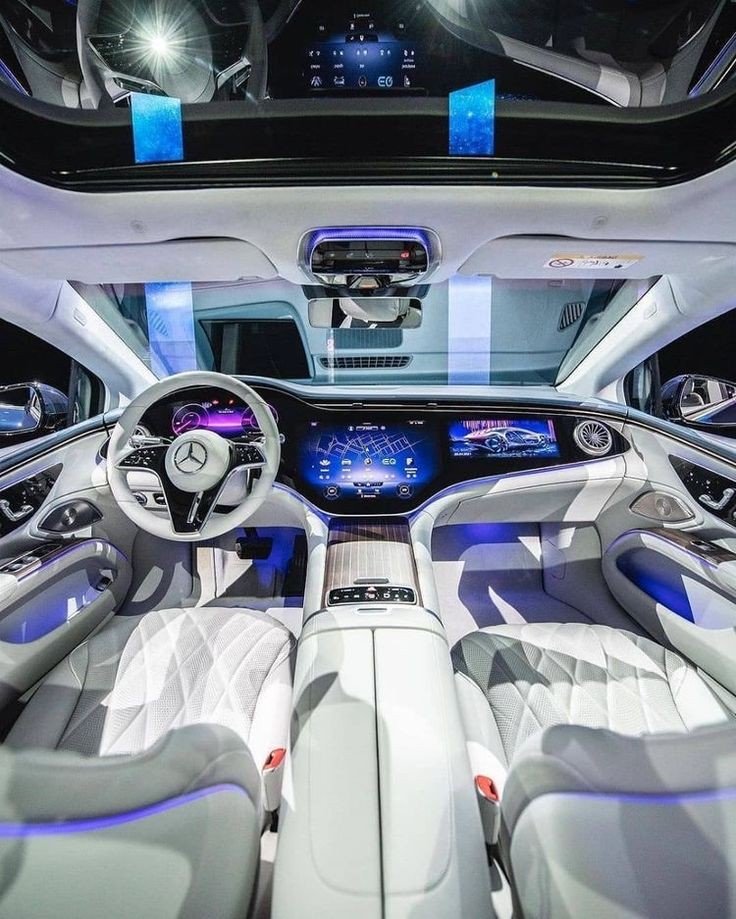
India has made a significant leap in the global automotive market by surpassing Japan in auto sales, thus becoming the third largest auto market in the world. This remarkable achievement, reported by Nikkei Asia, highlights India’s growing automotive industry, which recorded sales of at least 4.25 million units, compared to Japan’s 4.2 million units.
This article provides a detailed analysis of the factors contributing to this milestone, the performance of key players in the industry, and the future outlook for India’s automotive market.
Historical Context and Recent Trends
A Brief Historical Overview
The journey of India’s automotive industry has been marked by fluctuations over the years. In 2018, India sold approximately 4.4 million vehicles.
However, the volume dipped below 4 million in 2019, primarily due to a credit crunch in the non-bank financial sector.
The situation worsened in 2020 when the COVID-19 pandemic led to stringent lockdowns, causing sales to plummet below the 3-million mark.
Recovery and Growth
The industry began to recover in 2021, with sales approaching 4 million units. However, the shortage of automotive chips posed a significant challenge, hampering growth.
The easing of the chip shortage in 2022 provided a much-needed boost, enabling the industry to rebound strongly.
According to the Society of Indian Automobile Manufacturers (SIAM), India delivered 4.13 million new vehicles between January and November 2022.
Adding the December sales reported by Maruti Suzuki brought the total to approximately 4.25 million units.
Key Drivers of Growth
Population and Economic Growth
India’s burgeoning population, which now stands at 1.4 billion, plays a crucial role in driving auto sales. The country’s population is expected to surpass that of China soon, continuing to grow until the early 2060s.
Rising incomes and an expanding middle class are further fueling demand for automobiles, as more people can afford to purchase vehicles.
Domestic Production and Innovation
India’s automotive industry is characterized by robust domestic production, with key players like Maruti Suzuki, Tata Motors, Mahindra & Mahindra, Hero MotoCorp, and Bajaj Auto leading the charge. These companies have focused on innovation, producing vehicles that cater to the specific needs and preferences of Indian consumers.
Government Policies and Initiatives
Government policies and initiatives have also significantly contributed to the growth of the automotive sector. Incentives for electric vehicles (EVs), support for hybrid technology, and investments in infrastructure development have created a conducive environment for the industry to thrive.
Performance of Key Players
Maruti Suzuki India
Maruti Suzuki, India’s largest carmaker, has been instrumental in driving sales growth. The company’s extensive portfolio of vehicles, including popular models in the compact and utility vehicle segments, has resonated well with consumers.
In June 2024, Maruti Suzuki reported a 12.4% year-on-year increase in total sales, with 1,79,228 units sold, surpassing analysts’ expectations.
Tata Motors
Tata Motors has also played a significant role in the industry’s growth. Despite a 7.8% decline in monthly sales in June 2024, Tata Motors reported a 1.5% increase in quarterly sales.
The company has focused on aligning its wholesale and retail sales to maintain healthy inventory levels.
Tata Motors’ strong enquiry pipeline and upcoming festive season are expected to drive future growth, especially in their SUV segment.
Mahindra & Mahindra
Mahindra & Mahindra (M&M) has demonstrated resilience and growth in the SUV segment. In the first six months of 2024, M&M’s domestic SUV sales rose by 24%, with 1,24,248 units sold.
The company’s strategic focus on innovation and market expansion has paid off, with steady sales figures across segments.
Challenges and Opportunities
Automotive Chip Shortage
The global shortage of automotive chips has been a significant challenge for the industry. The easing of this shortage in 2022 provided a springboard for recovery, but the industry must continue to navigate supply chain disruptions and ensure a steady supply of essential components.
Transition to Electric Vehicles
While vehicles powered by gasoline, including hybrids, account for most of the new autos sold in India, the transition to electric vehicles (EVs) presents both challenges and opportunities.
The EV market in India is still nascent, but with government incentives and increasing consumer awareness, the segment is poised for growth.
Automakers need to invest in EV technology and infrastructure to capitalize on this opportunity.
Infrastructure Development
Infrastructure development, including road networks and charging stations for EVs, is crucial for sustaining the growth of the automotive industry.
Government initiatives aimed at improving infrastructure will play a vital role in supporting the industry’s expansion.
Future Outlook
Market Projections
The Indian automotive market is expected to continue its upward trajectory, driven by a combination of favorable demographic trends, rising incomes, and supportive government policies.
The inclusion of pending fourth-quarter sales figures for commercial vehicles and year-end results from Tata Motors and other automakers will likely push the sales volume even higher.
Strategic Focus
Automakers need to focus on innovation, sustainability, and customer-centric strategies to maintain their competitive edge.
Investing in research and development, expanding product portfolios, and enhancing customer experience will be key to sustaining growth.
India’s rise to become the third largest auto market in the world is a testament to the resilience and dynamism of its automotive industry.
The combination of a growing population, rising incomes, and robust domestic production has propelled the industry to new heights.
As the country continues to evolve, the automotive sector is poised for further growth, driven by innovation and strategic investments.
The future of India’s automotive industry looks promising, with ample opportunities for continued expansion and success.
ALSO READ: Role of the Saudi Japanese Automobile High Institute







